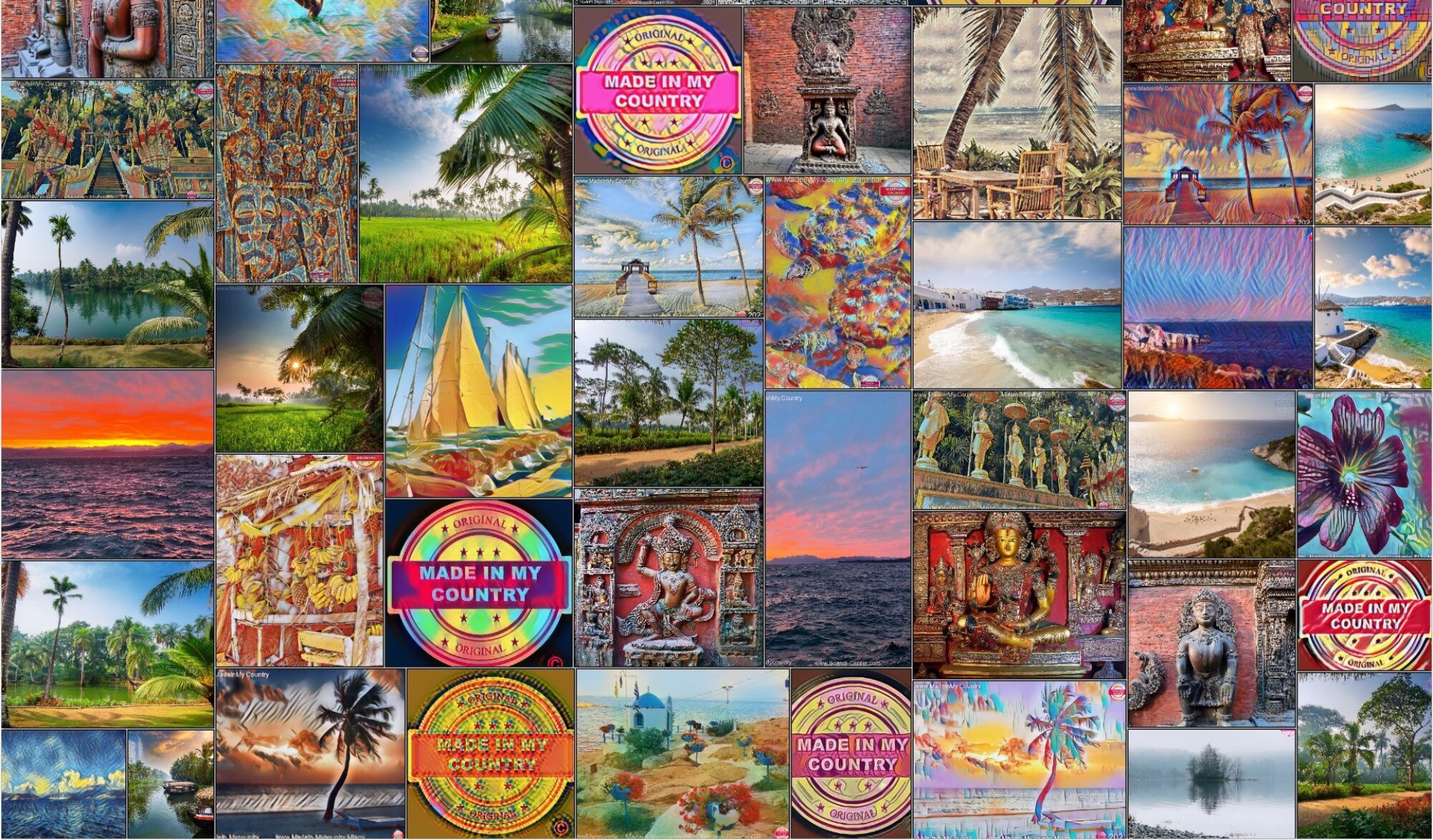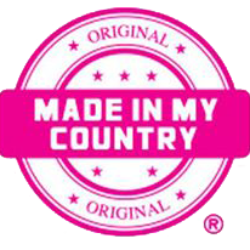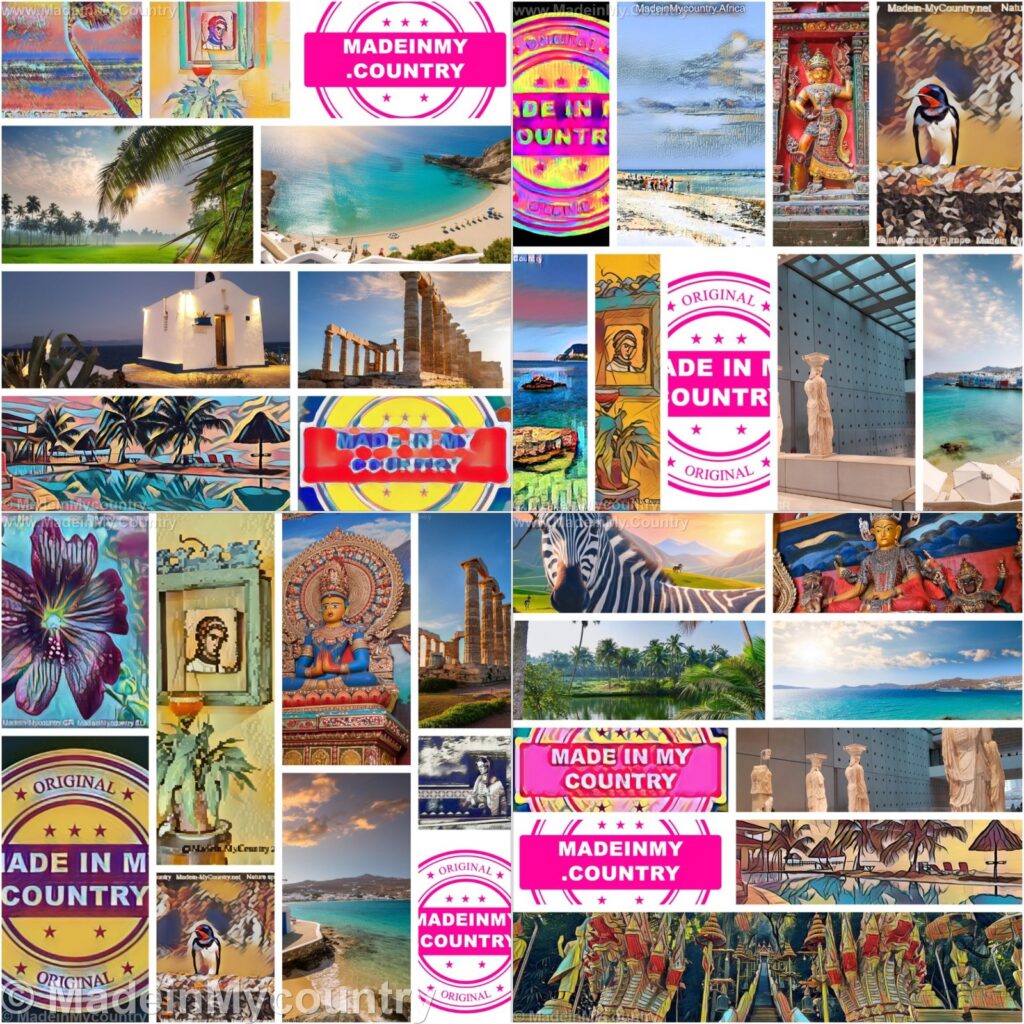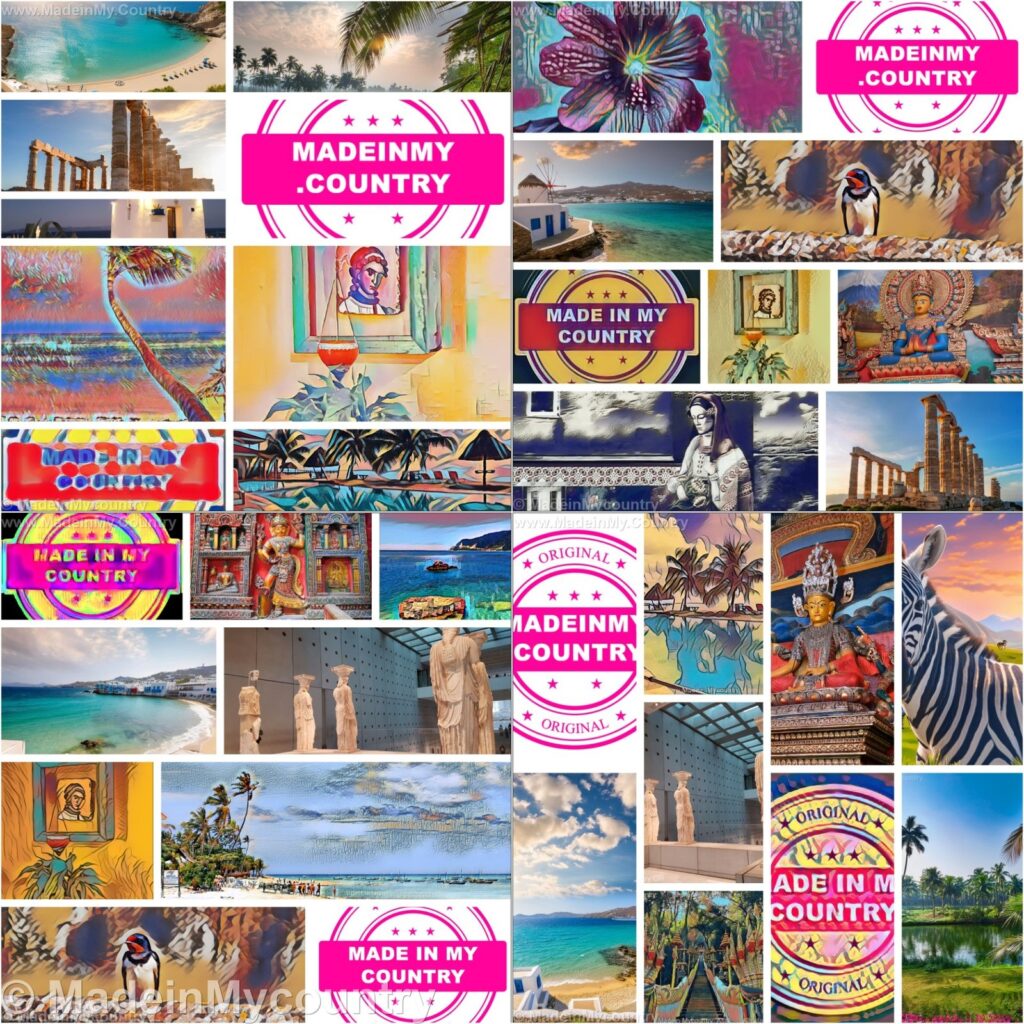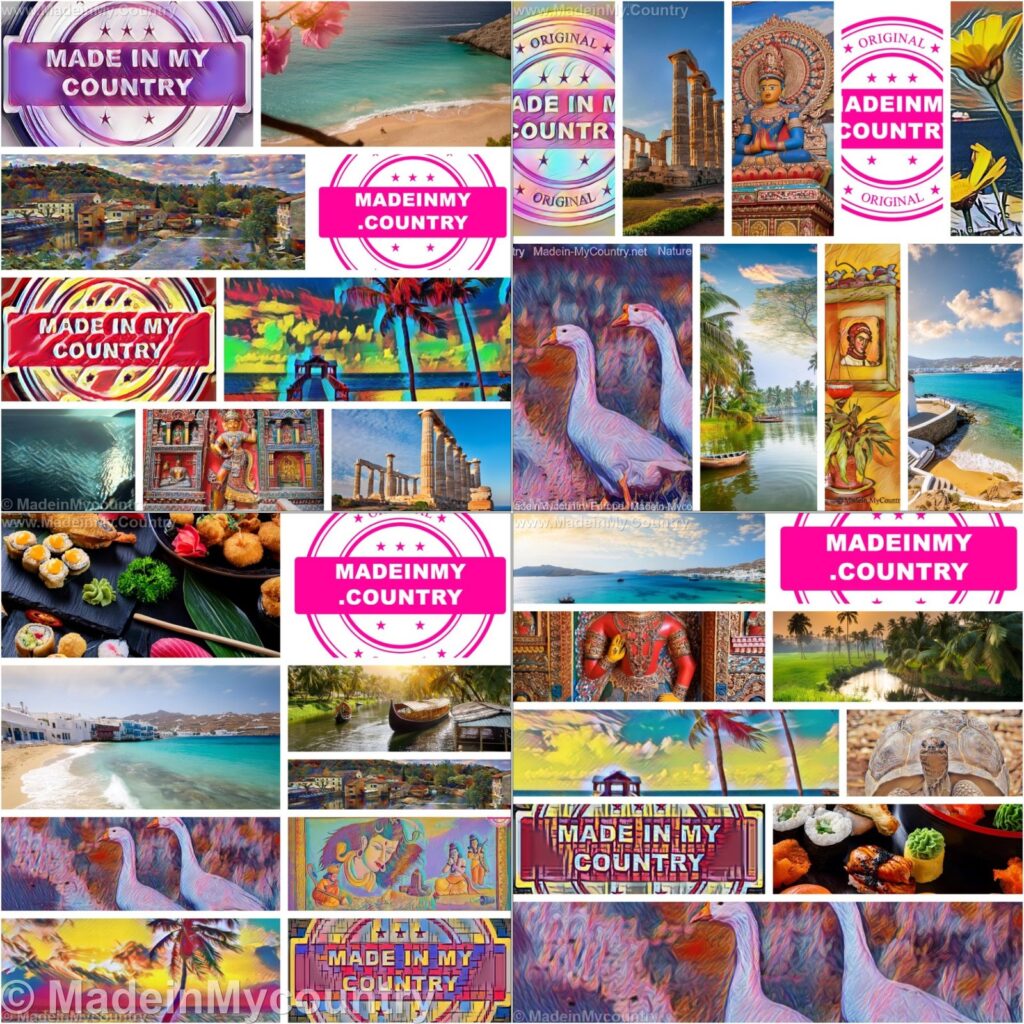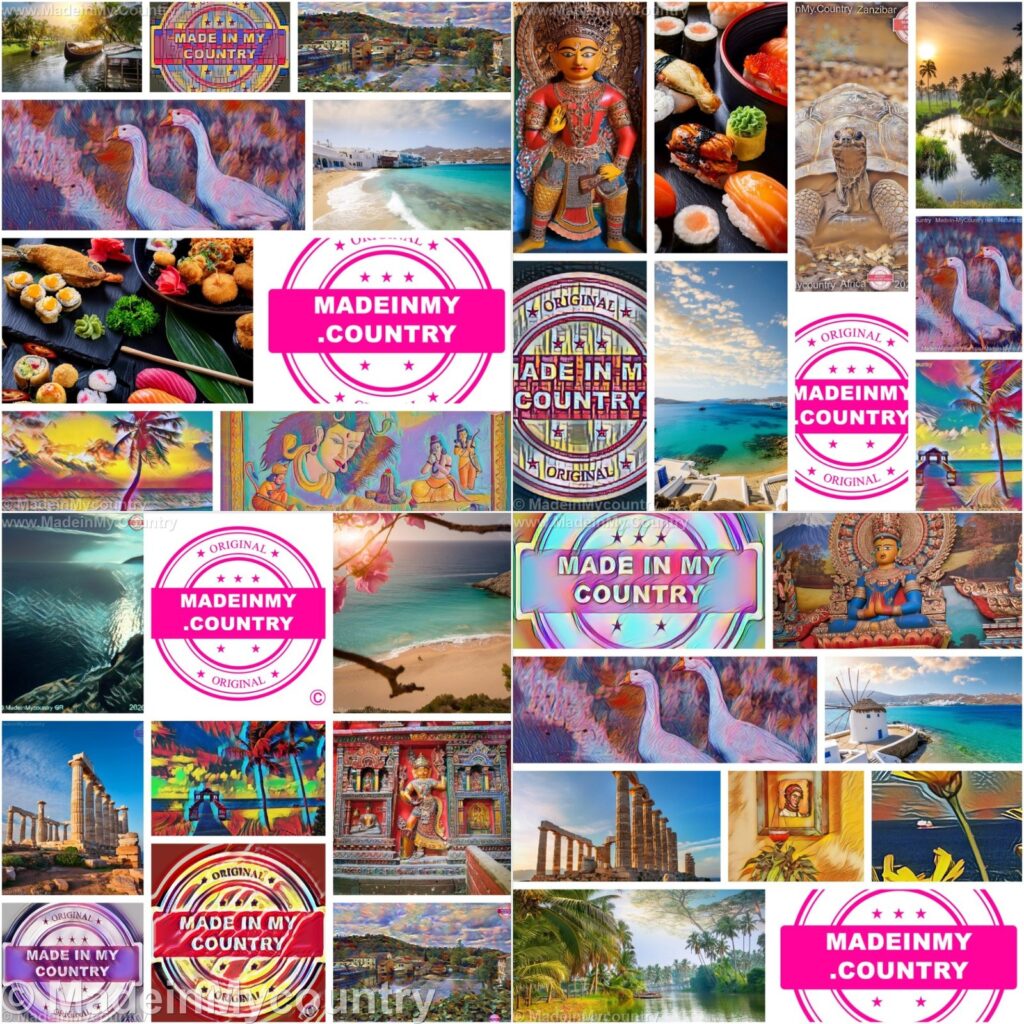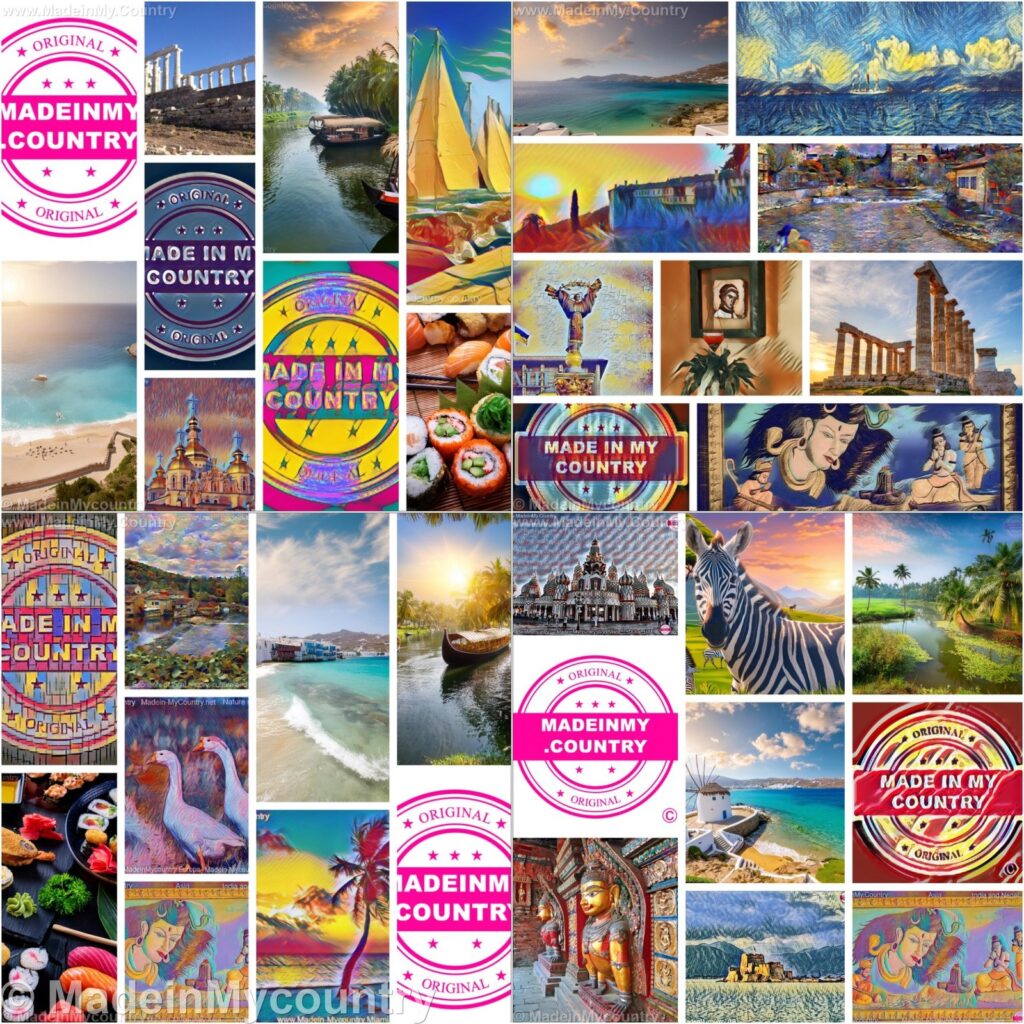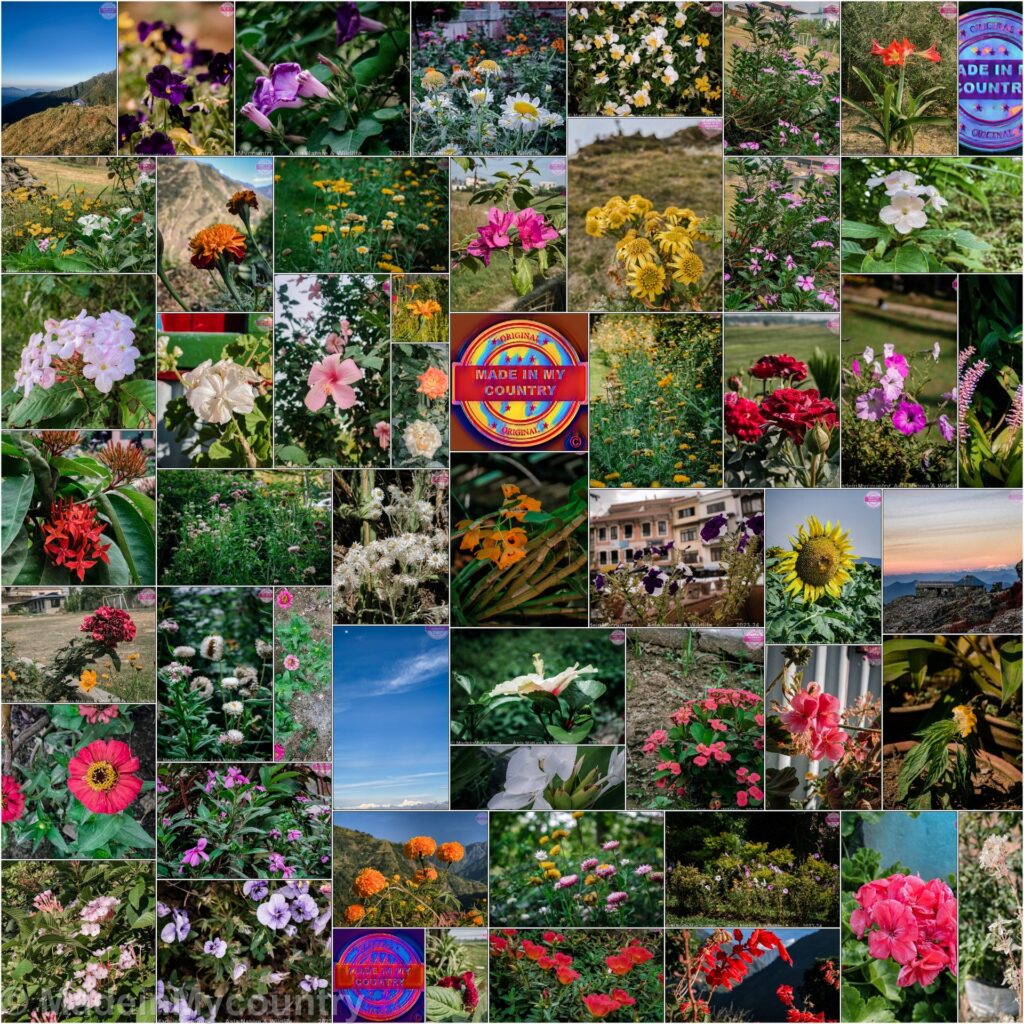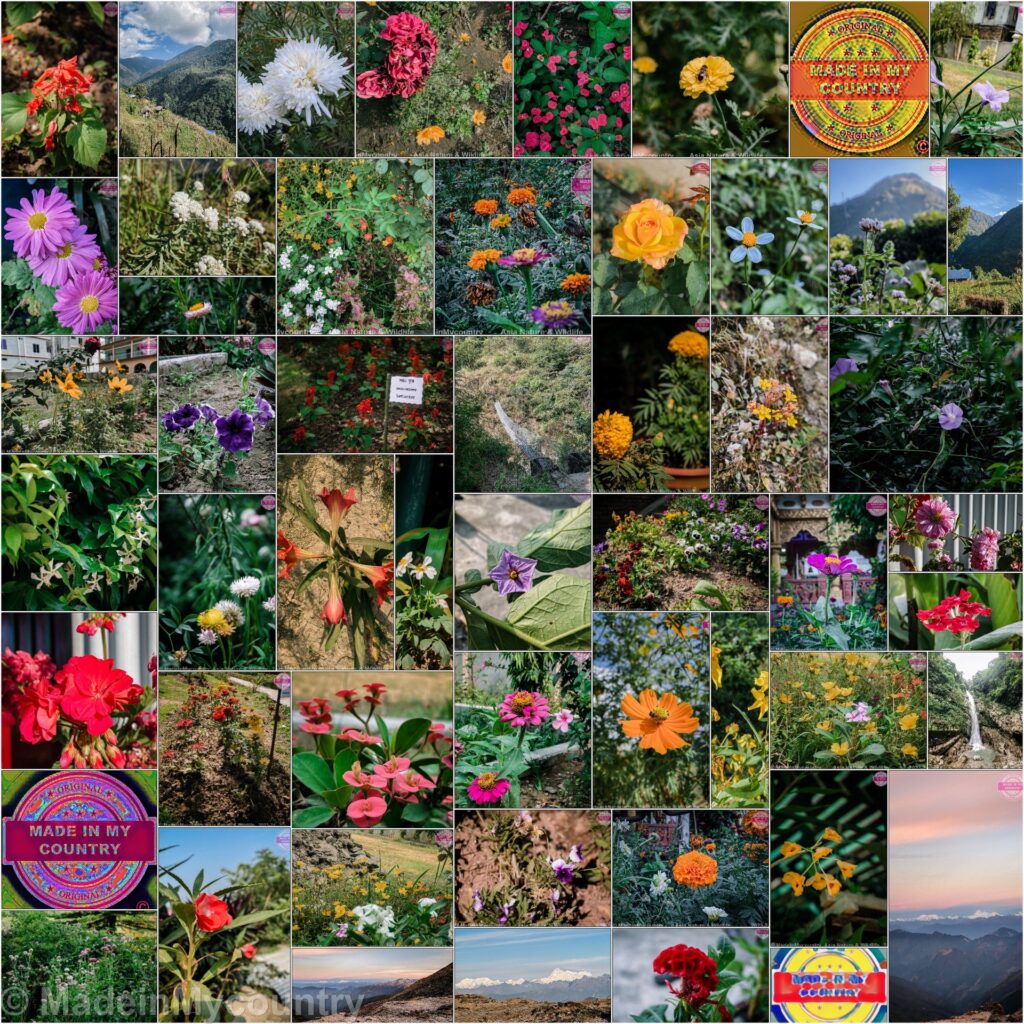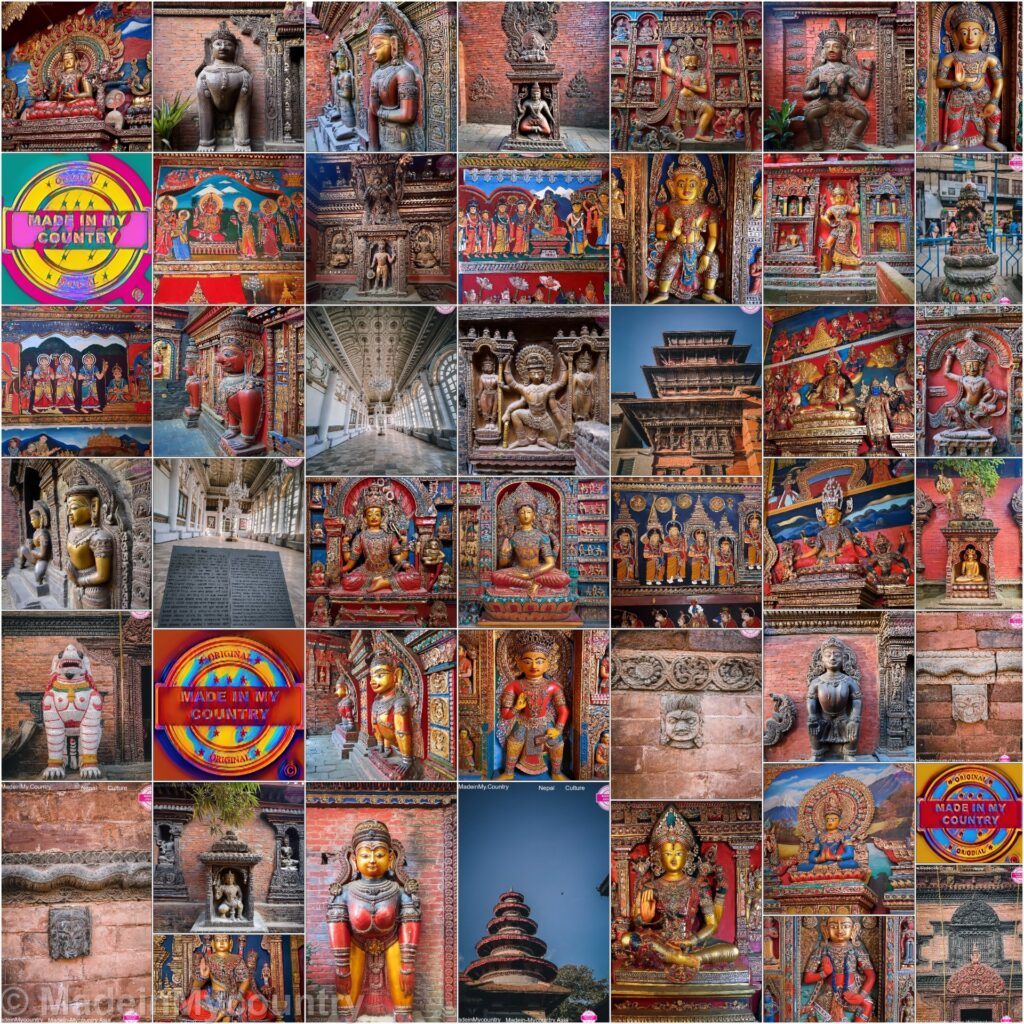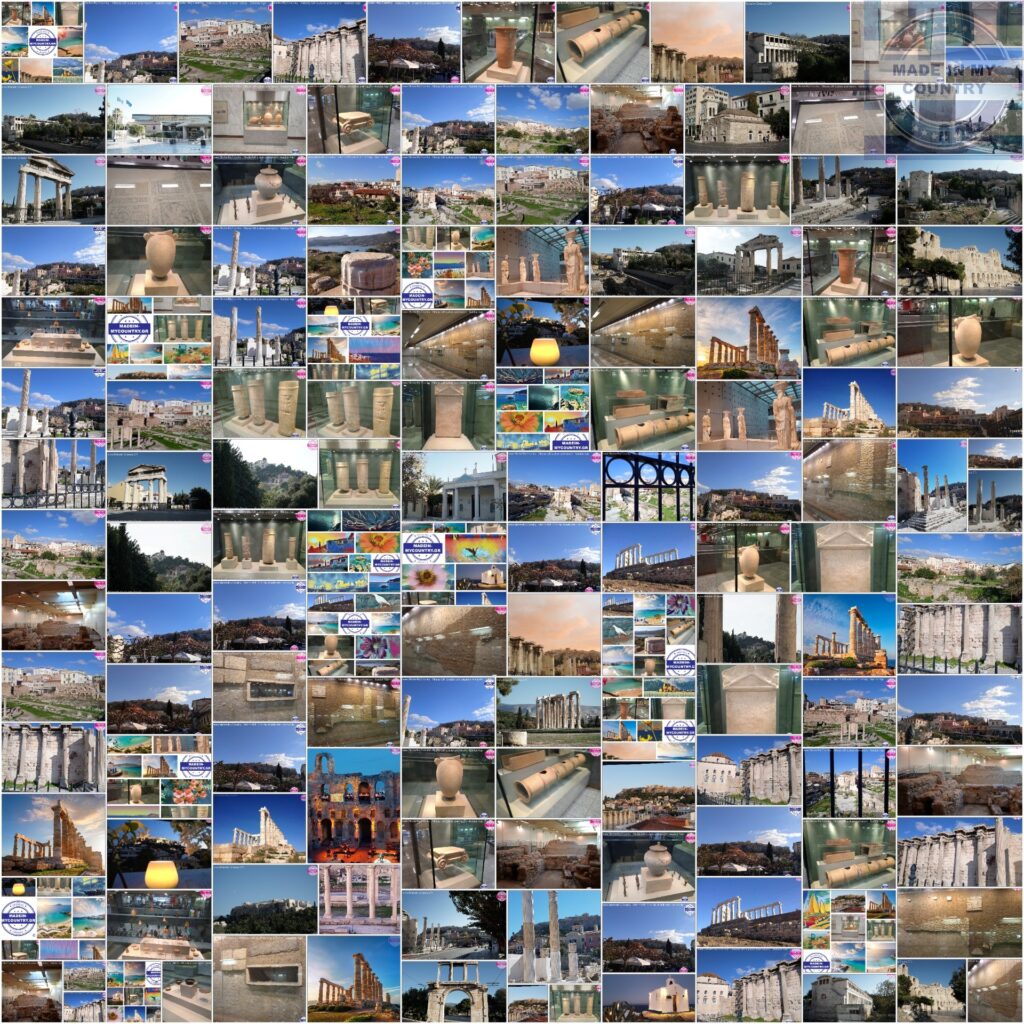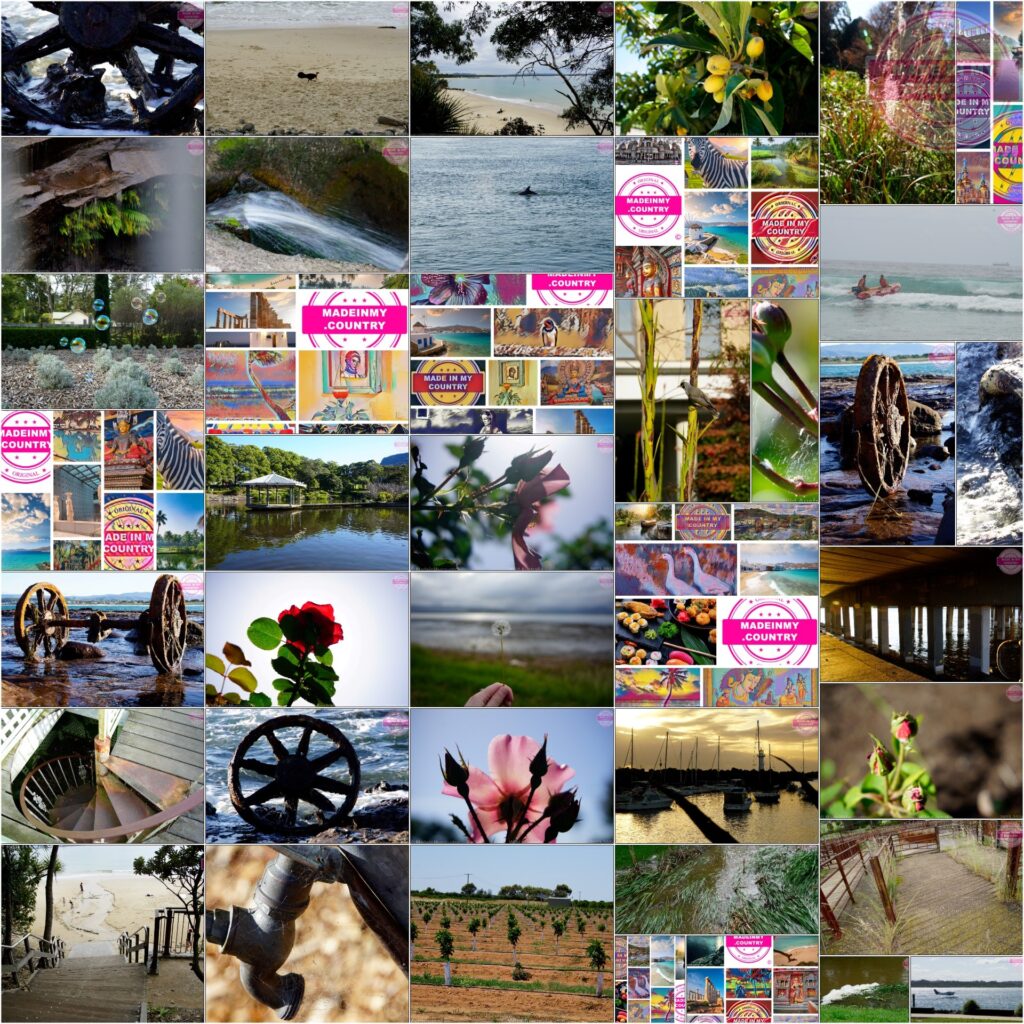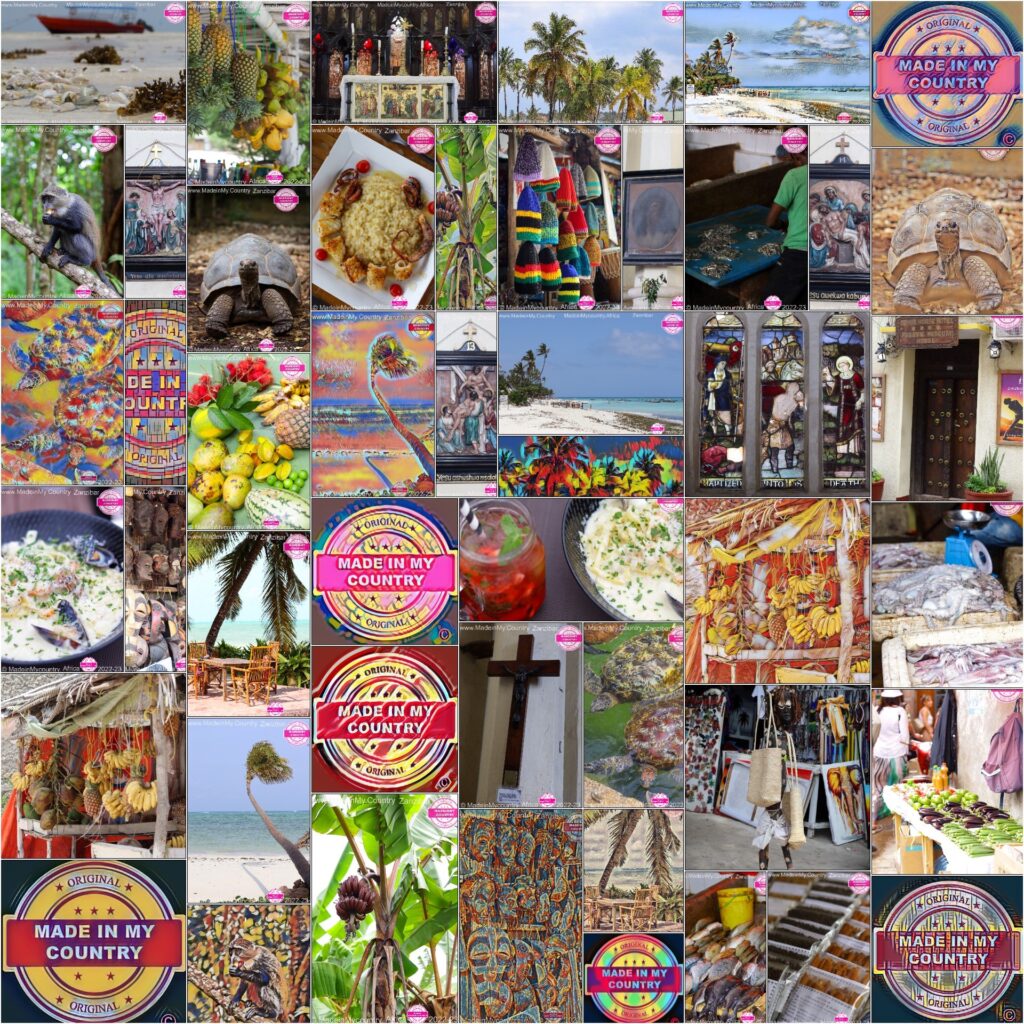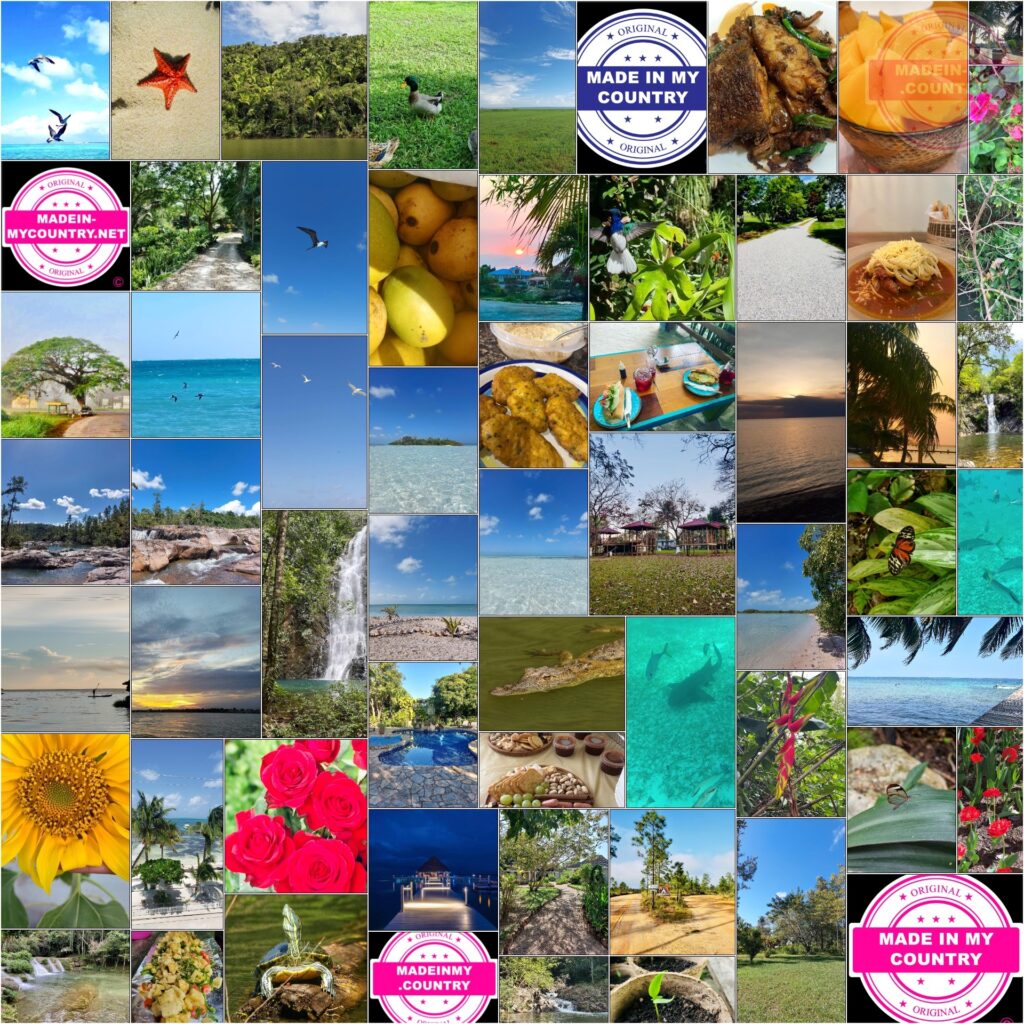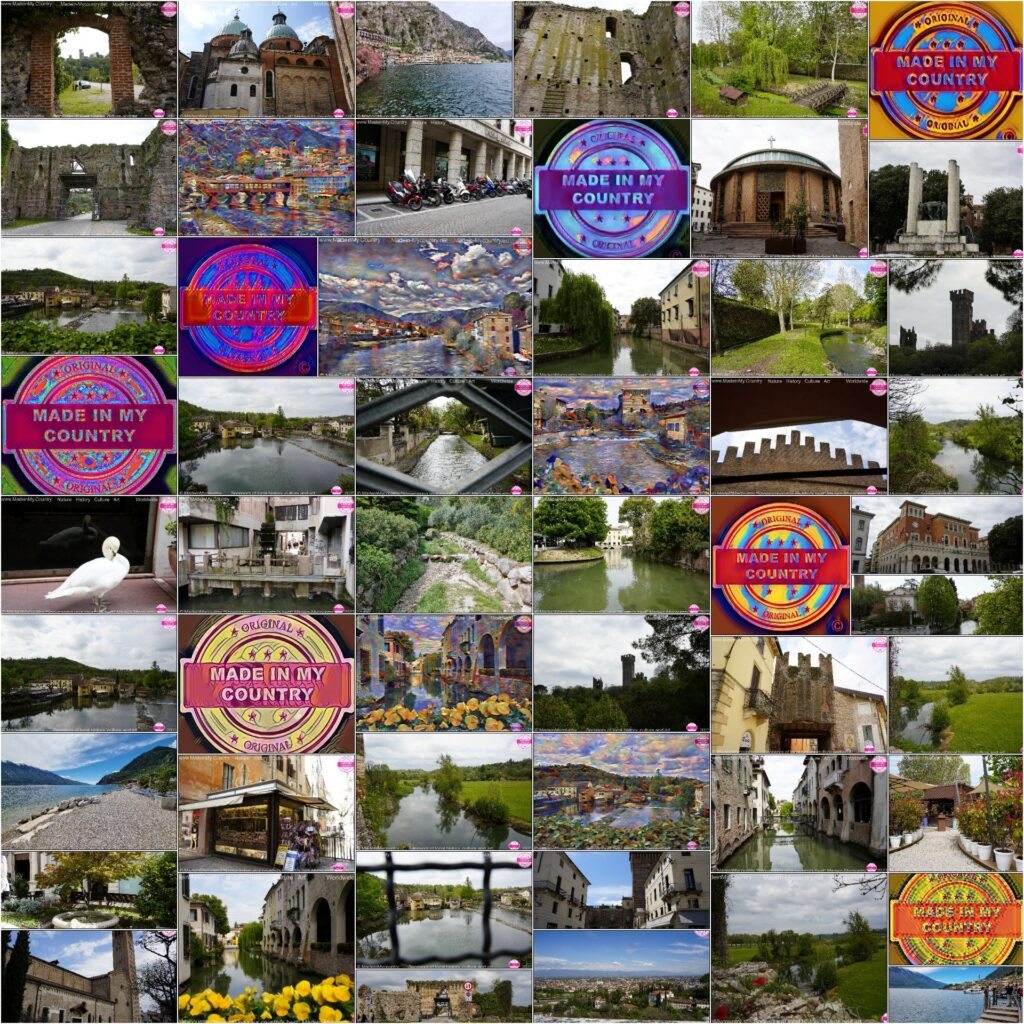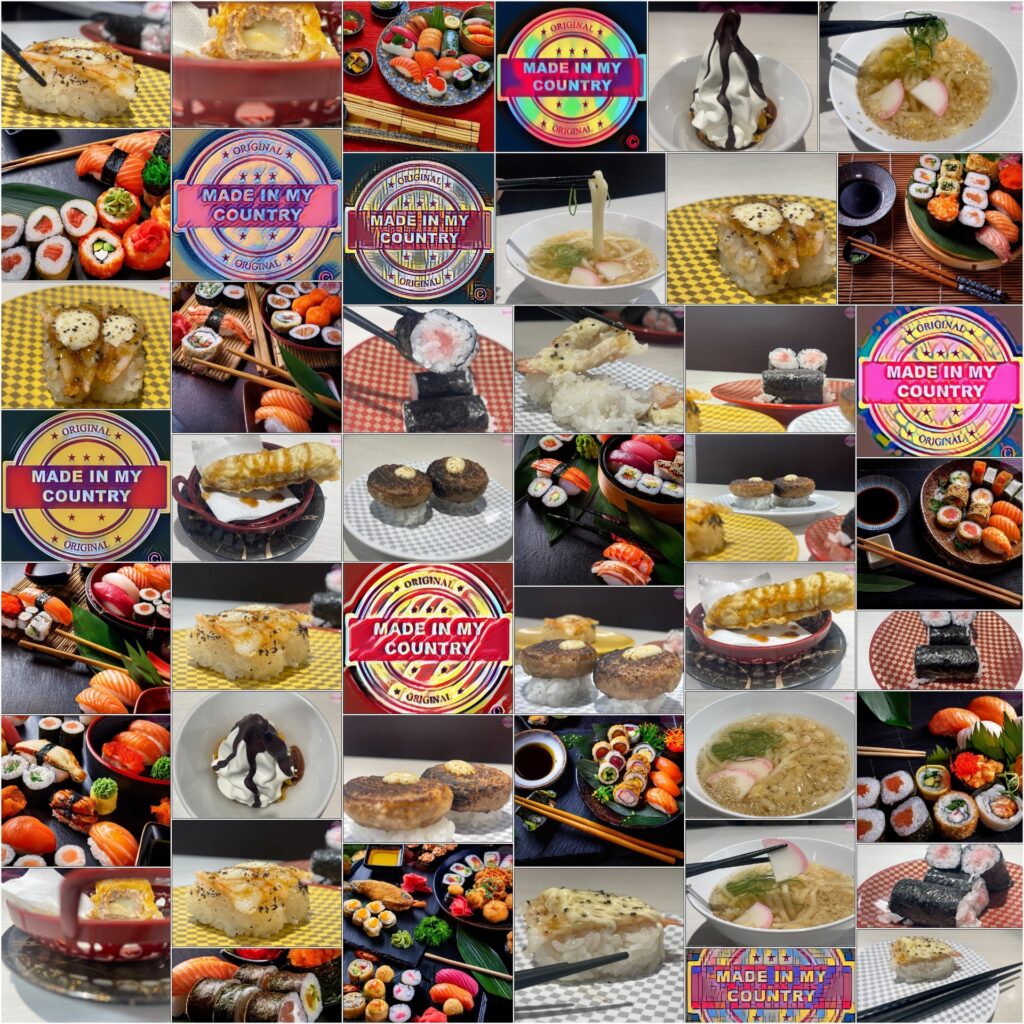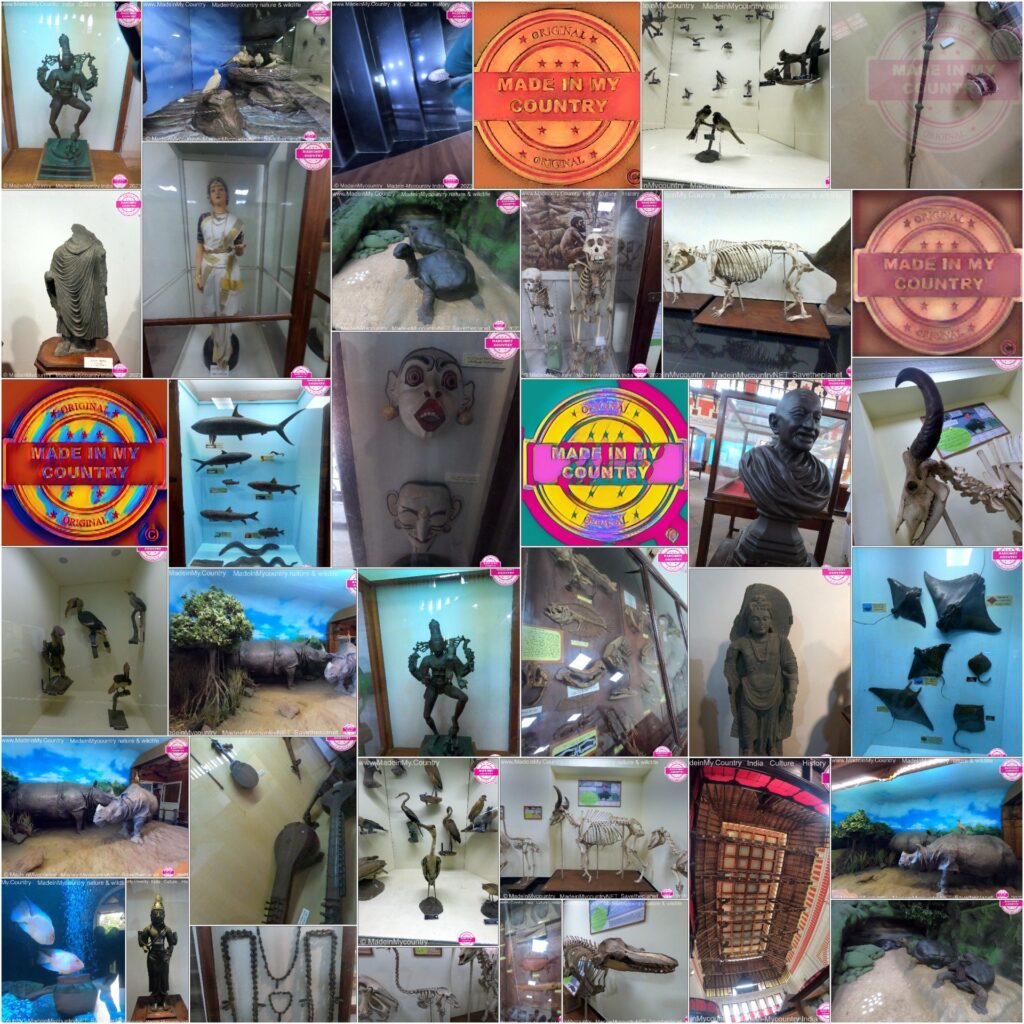India, officially the Republic of India, is a country in South Asia. It is the seventh-largest country by area; the most populous country and the world’s most populous democracy. Bounded by the Indian ocean on the south, the Arabian sea on the southwest, and the Bay of Bengal on the southeast, it shares land borders with Pakistan to the west, China, Nepal, and Bhutan to the north; and Bangladesh and Myanmar to the east. In the Indian Ocean, India is near Sri Lanka and the Maldives; its Andaman, Nicobar islands share a maritime border with Thailand, Myanmar, and Indonesia.

India is a megadiverse country, a term employed for 17 countries that display high biological diversity and contain many species exclusively indigenous, or endemic, to them. India is the habitat for 8.6% of all mammals, 13.7% of bird species, 7.9% of reptile species, 6% of amphibian species, 12.2% of fish species, and 6.0% of all flowering plant species!
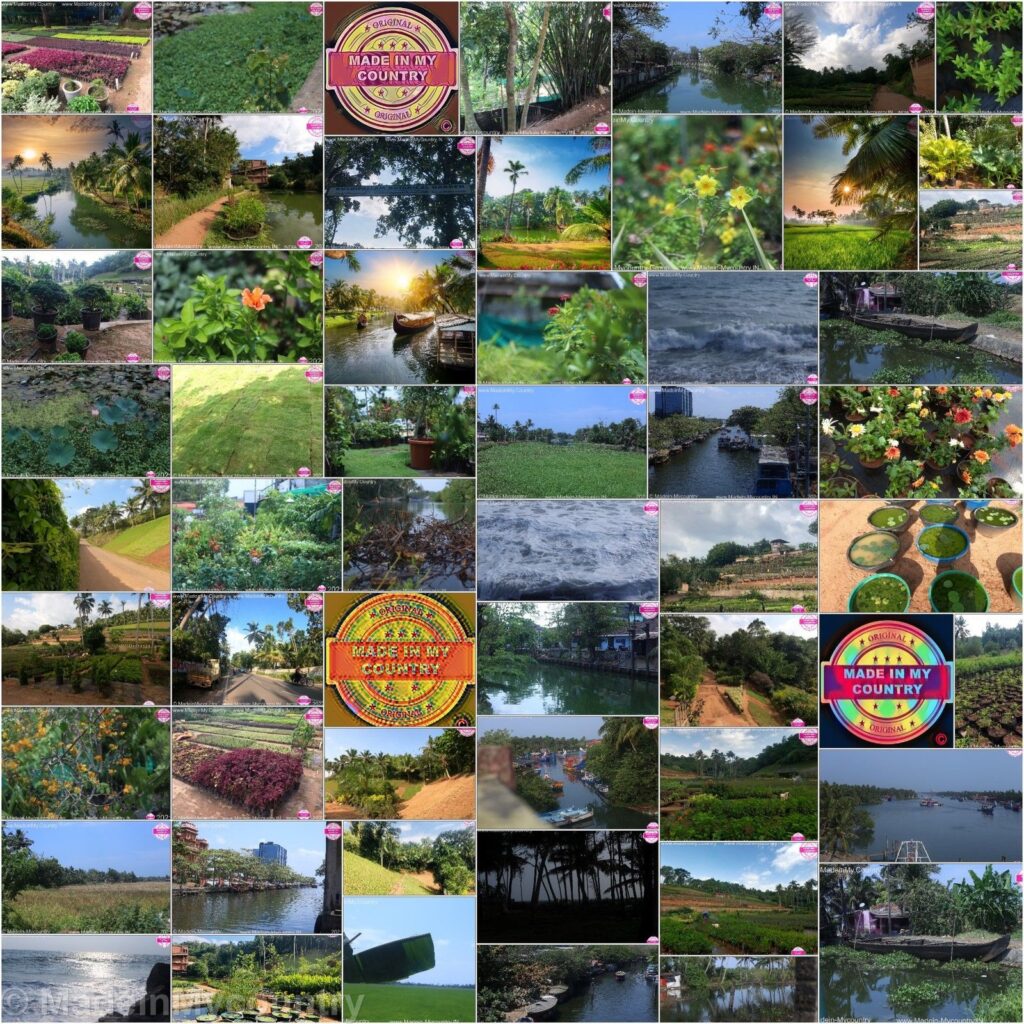
MadeinMycountry is a global platform that celebrates and supports local history, culture, art, and nature conservation efforts. For two decades, we have been sponsoring local museums, cultural organizations, travel destinations, historical sites and various cultural events around the world.
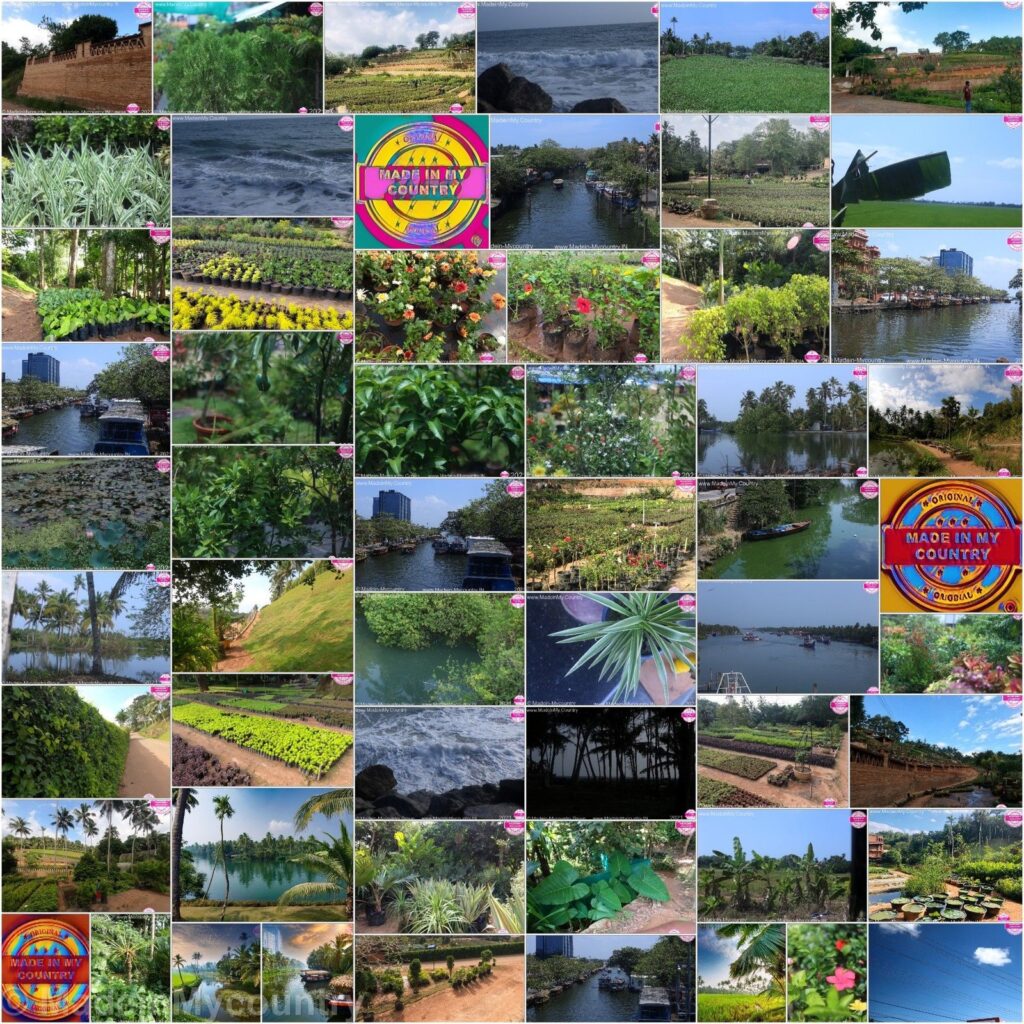
India is notable for its religious diversity, with Hinduism, Buddism, Sikhism, Christianity and others among the nation’s religions. The predominant religion is Hinduism,
India has a very ancient tradition of art, which has exchanged many influences with the rest of Eurasia, especially in the first millennium, when Buddhist artspread with Indian religions to central, eastand southeast Asia, also greatly influenced by Hindu art.
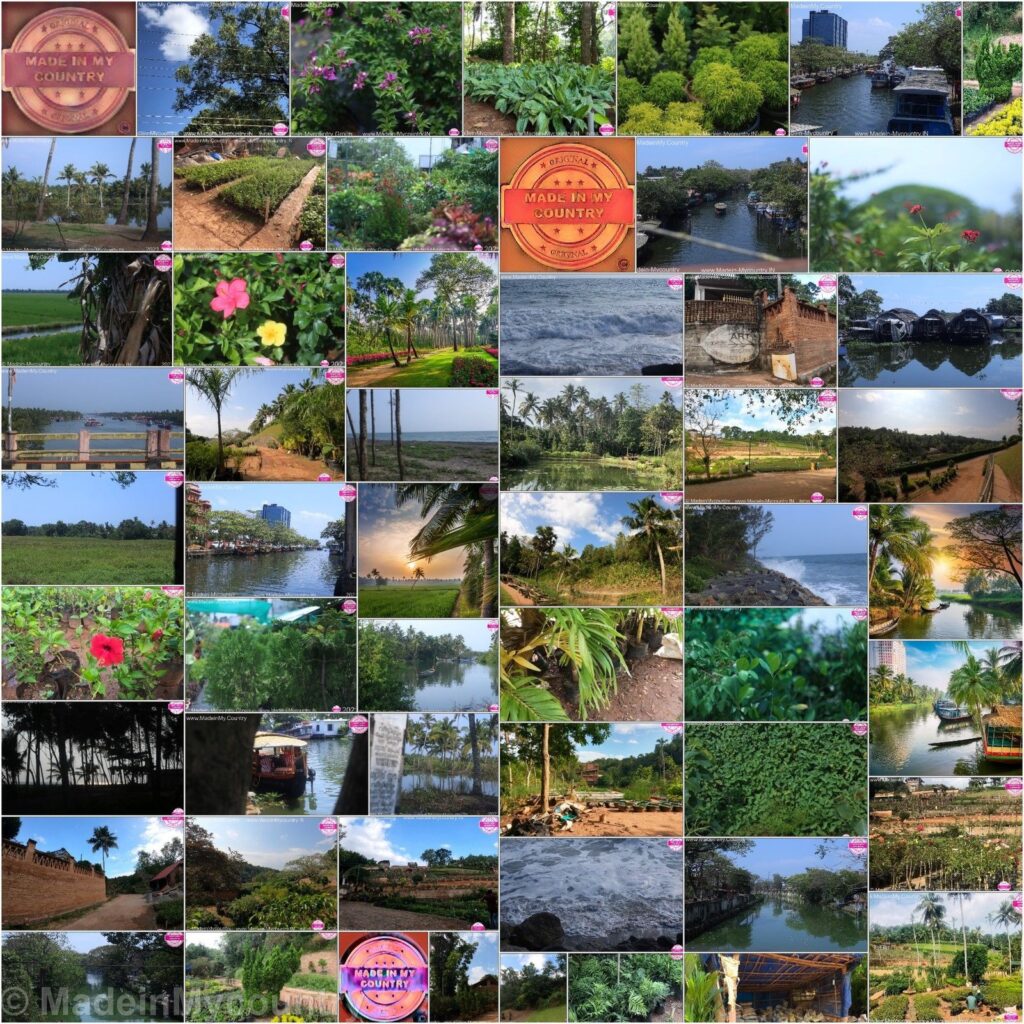
Hindu art encompasses the artistic traditions and styles culturally connected to Hinduism and have a long history of religious association with Hindu scriptures, rituals and worship.
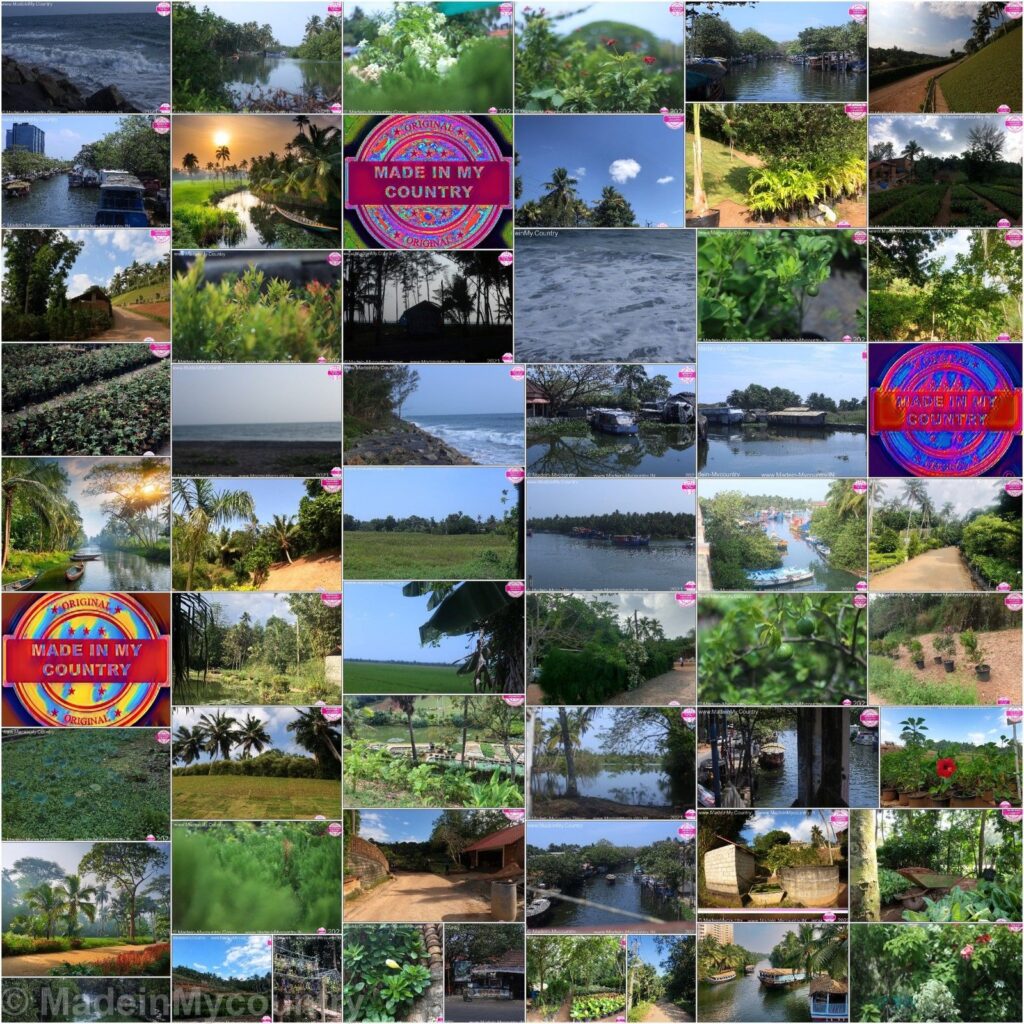
Hindu art common symbols:
Extra Limbs-Extra limbs are seen on many of the Hindu deities in paintings and sculptures. The extra limbs show how much power the god is capable of because of their ability to perform many tasks at once.
Lotus Flower-The lotus flower is another common item seen constantly throughout the arts. The lotus flower represents purity, beauty, prosperity, fertility, and transcendence.
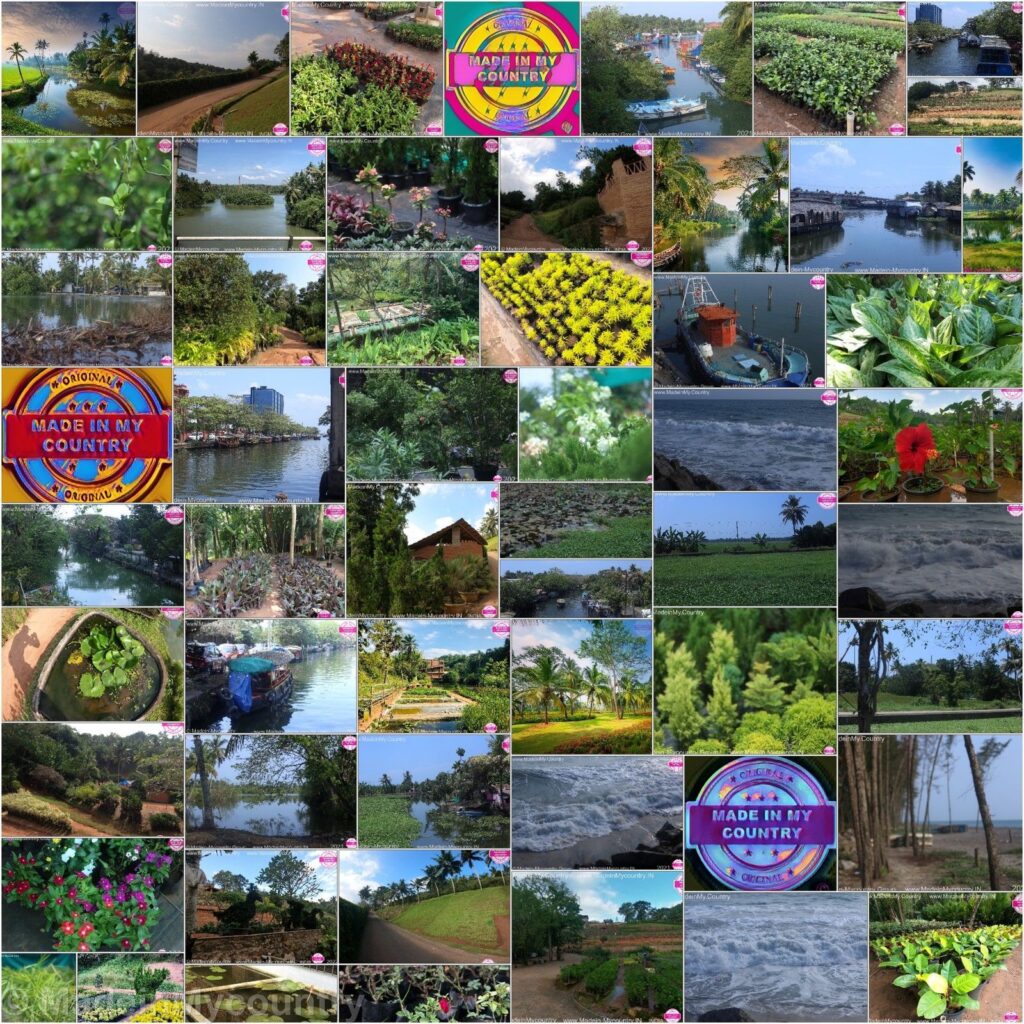
#MadeinMycountry,#SayMadein2win,#Asia,#India,,#ItisMadeinMycountry,#History,#Culture,#Nature,#Art,#MadeinMycountryNature,#MadeinMycountryNET,#MadeinMycountryCulture,#MadeinMycountryArt,#MadeinMycountryHistory,#MadeinMycountrySponsorships,#MadeinMycountryWorld,#MadeinMycountryIntl,#Global,#Worldwide,#Nature,#Travel,#Tradition,#MadeinMycountryWorldWide,#NFT,#DigitalCurrency,#Independent,#India,#Bengali,#Tamil,#Hindu,#Hinduism
